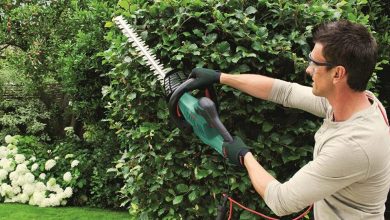Potato Worm
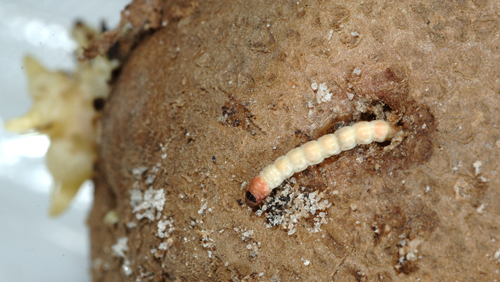
The potato tuber moth, also known as the tuber moth or tobacco tuber moth, feeds on potatoes, tomatoes, peppers, eggplants, and tobacco. The adult moths feed on nectar, but the larvae eat leaves and tubers.
A severe infestation can cause the total loss of a stored potato crop.
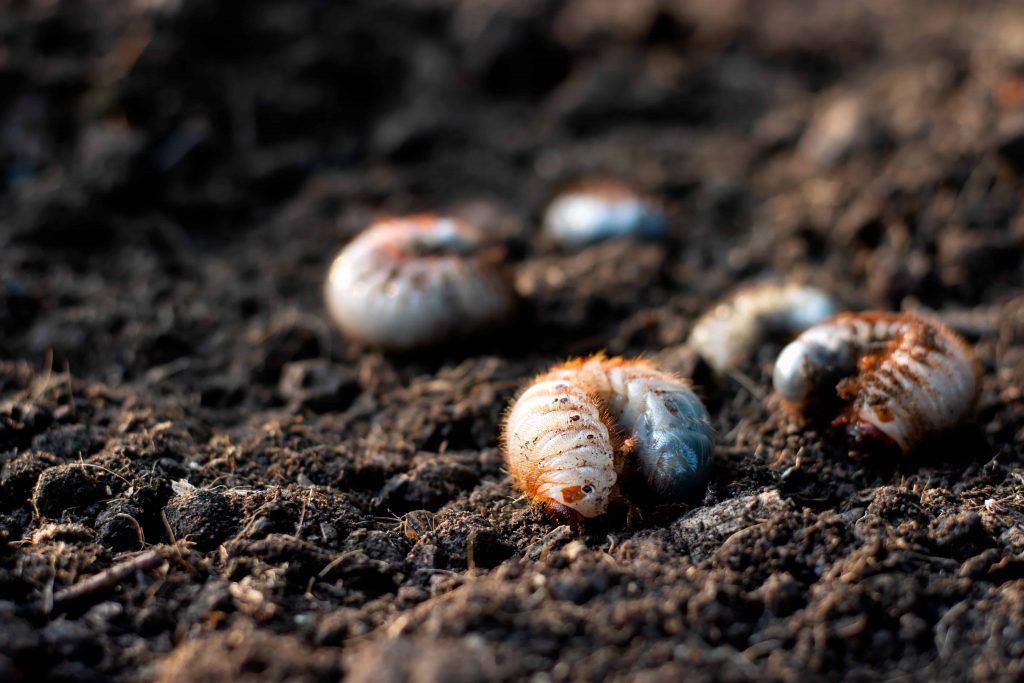
potato worm species
Although there are three different types of potato worms, the most common is Phthorimaea operculella. Tecia solanivora, the Guatemalan potato moth, common in Central and northern South America.
Symmetrischema tangolia, the Andean or South American potato moth, attacks potatoes stored in the Andes.
History of the potato worm
The potato tubeworm has been a minor pest on tobacco farms for over 100 years. More recently, the insect has become a major pest in North Carolina. The pest has been found in tropical, subtropical, and Mediterranean climates.
How to recognize the potato tuber moth
Adult moths have narrow bodies, just under an inch in length, with roughly equal wingspans. The insects are grayish brown with yellowish brown forewings.
The wings are fringed and have elaborate dark brown markings. Males have two or three dark spots on their forewings, while females have an «X» pattern down the center of their backs.
They both fly fast. They live for one to two weeks.
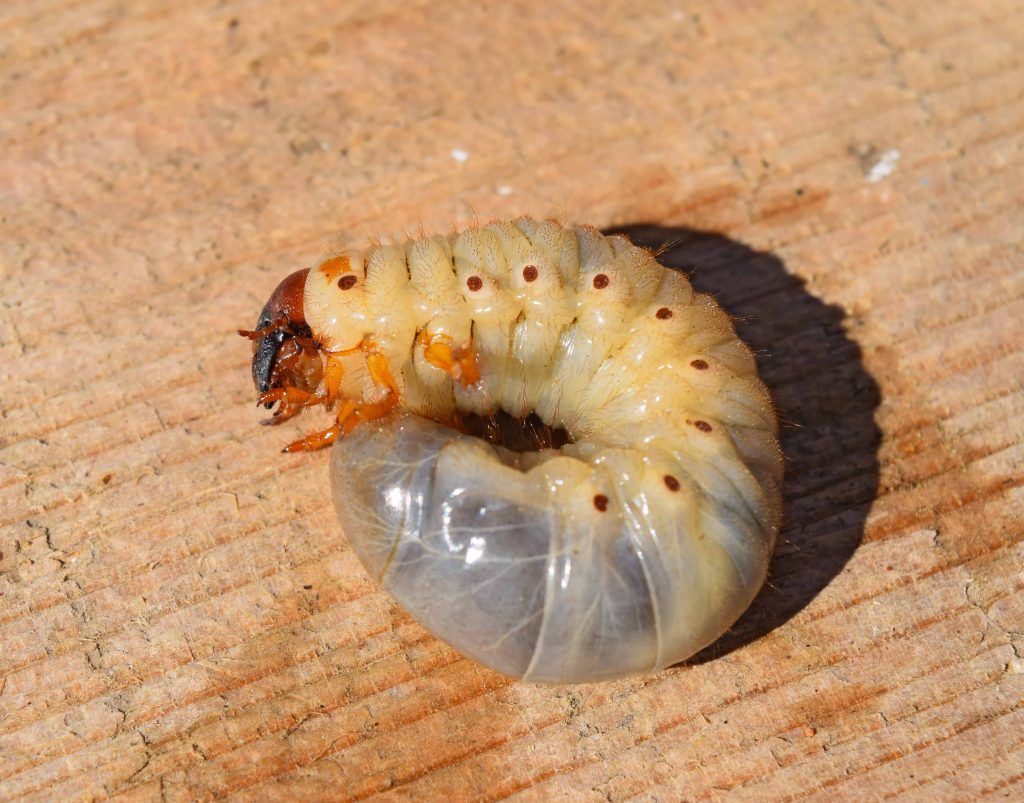
Potato Worm Appearance
Potato tuber moth larvae are usually white or yellowish with a brown head. The middle part of the body is also brown. They have black dots and bristles on each segment. As the larvae mature, they change color from white or yellow to pink or green.
About 2-3 centimeters long, they feed for two weeks before spinning a cocoon and hatching.
Timing problems with potato worms
It is important to know when these insects emerge and the length of the various life cycles. For example:
- Adults first emerge from their cocoons in the spring.
- The eggs hatch about five days after they are laid.
- The larvae spend about two weeks feeding before hatching.
- The climate affects the development of the pupae; It can range from 10 to 30 days.
plague survival
Adults are found from April to October. Eggs, larvae and pupae of the potato tubeworm can easily survive in potato debris, volunteer potatoes or soil where potatoes have been planted.
They can be found in waste potato piles, stored potatoes, dead leaves or crevices in storage areas, as well as in storage containers such as boxes and crates.
However, temperatures below 10 °C interrupt the development of the larvae.
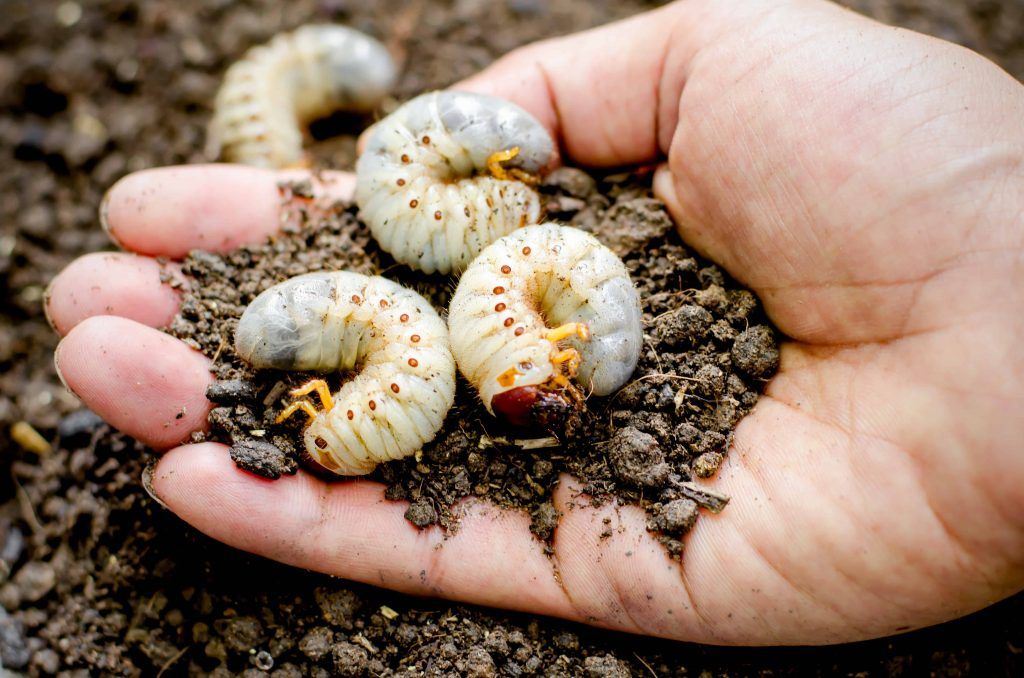
damage to potatoes
The adult moths feed on the leaves of the plant.
The larvae, however, feed on both the leaves and the tubers and are the ones that cause the most damage. In addition to feeding, the larvae weave silk in the cavities they create and deposit their droppings there as well.
A single larva can make the potato unfit for consumption. The larvae can destroy an entire crop of stored potatoes if the infestation is severe; the tubers will rot and have an unpleasant odor.
Potato worm control
Unfortunately, resistance to synthetic pesticides is a problem in potato tuber maggots, and none of the available organic insecticides are effective, although pyrethrum can be used on seed potatoes.
Two wasps, Copidosoma koehleri and Bracon gelechiae Ashmead, are known to be predators of the larvae, but are not usually available. Pheromones can be placed in containers of water to attract moths, which drown.
culture control
Cultural practices for potato bollworm control may include prevention of soil cracking with regular watering, settling tubers deep, at least 5 cm, rapid harvesting, and sanitation of the orchard by removing pests. volunteer plants, crop rotation, clean storage practices, planting uninfected seed pieces, and destroying waste heaps.
Either of these practices can reduce the exposure of potatoes to egg-laying female moths, thereby reducing tuberworm damage and helping to prevent tuberworms in potato crops.

Organic/biological control
Control of potato tuber worms by an organic method of eradication is carried out using predatory insects such as braconid wasps, which kill the larvae by parasites.
Beneficial nematodes can also be introduced, which are an environmentally friendly method of potato bollworm control. These nematodes seek out and kill soil-dwelling potato worm larvae without harming beneficial insects, such as lady beetles or earthworms.
They can be found for sale on the Internet.
insecticide control
When all else fails to control potato bollworm, there are pesticides that can be applied (with mixed results) to help eradicate it. If you’re trying to be strictly green, I’ve read about the Entrust formulation of spinosad, which can have good results.
In addition, the use of pheromone traps can detect potato bollworm moth activity and help determine the appropriate time for insecticide control.
A simple container of soapy water with a lid can be placed to hang the pheromone bait between the potato crop in the garden or a sticky trap can be used to capture the moths.
The insecticide must be used before the death of the vine or it will not be effective.
Insecticides for potato tuber worm control should be used at night, during the moths’ peak activity, and can be found at your local garden center.
Before employing an insecticide to control potato tuber worms, you should try to use cultural methods to prevent tuber worms in potato crops, such as irrigation to avoid cracks in the soil, planting seeds not infected and deep settling of tubers.
Field and crop management
Always use certified disease-free seed potatoes.
Plant them at least five centimeters deep – better three or four – and turn them over at least twice during the growing season. Water to keep the soil moist; this prevents cracks through which the larvae can reach the tubers.
Eliminate volunteer nightshades, such as eggplants and tomatoes. Harvest the crop as soon as possible after maturity and remove the harvested tubers from the garden for curing.
Basic sanitation
As with any insect pest, good orchard sanitation practices make a difference. Keep weeds at bay and quickly remove garden debris, old mulch and dead vines. Destroy the piles of waste potatoes.
Protect the storage area so that moths do not enter. Use new or well-sanitized potato sacks, boxes, or other containers for storage. At the end of each storage period, thoroughly clean the storage area.
Other orchard pests and diseases:
- Tomato Tan or Tomato Dry Acariasis: [Concept, Detection, Effects and Treatment]
- Actinomycetes: [Characteristics, Development, Functions and Diseases]
- Aphids: [Characteristics, Effects, Detection and Treatment]
- Phalloid Amanita: [Characteristics, Effects, Prevention and Reproduction]
- Anthracnose: [Identify, Treat and Prevent this Fungus]
- Slugs in the Garden: What are they and How Can We Fight Them?
- Cabbage Baris (Baris spp): [Characteristics, Detection, Effects and Treatment]
- Bibio or Bibiones (Bibio spp.): [Concept, Detection, Effects and Treatment]
- Cascarudito Drill: [Characteristics, Detection, Effects and Treatment]
- Earth Pig: [Characteristics, Detection, Effects and Treatment]
- Bacterial Chancre: [Characteristics, Detection, Effects and Treatment]
- Green Bug: What is it and How to Fight It? [Complete Guide]
- Chlorosis in Plants: [How to Detect, Fight and Control It]
- Cottony Cochineal: [Detection, Steps to follow and Products to use]
- Sow Bugs (Porcellio scaber): [Characteristics, Detection, Effects and Treatment]
- Ergot of Rye: [Characteristics, Cultivation, Diseases and Meaning]
- Pickaxes or Earwigs in the Garden: [Identify and Combat]
- Differences between powdery mildew and mildew: [Effects, Propagation and Treatments]
- Powdery mildew: what disease is it? How to identify it? How to treat and prevent it?
- Potato Beetle: [Characteristics, Detection, Effects and Treatment]
- Potato Beetle: [Identification, Elimination and Prevention]
- False Cabbage Hernia (Ceutorhynchus pleurostigma): [Characteristics, Detection, Effects and Treatment]
- False Turnip Caterpillar (Athalia colibri): [Characteristics, Detection, Effects and Treatment]
- gummosis
- Garlic Weevil (Brachycerus algirus): [Characteristics, Detection, Effects and Treatment]
- Weevils (Otiorhynchus spp.): [Characteristics, Detection, Effects and Treatment]
- Weevils: [Characteristics, Detection, Effects and Treatment]
- Crickets in the Garden: [Characteristics, Detection, Effects and Treatment]
- Wireworm: [Characteristics, Detection, Effects and Treatment]
- White Soil Worm: [Characteristics, Detection, Effects and Treatment]
- Cutworm: [Characteristics, Detection, Effects and Treatment]
- Ants in Trees: [Causes and Solutions]
- Ants in the Garden: How to Fight Them [Complete Guide]
- The Red Spider: What is it? How do we identify it? How can we combat it?
- The White Fly (Aleyrodidae): [Identify, Fight and Prevent It]
- Caterpillars in the Garden: What are they? How do we identify them? How do we combat them?
- Cucurbits Angular Spot: [Characteristics, Detection, Effects and Treatment]
- White Spot on Leaves: [Identify and Eliminate]
- Brown Spots on Leaves: [Detection, Causes and Treatment]
- Mildew: What is it? How do we detect it? How do we treat it?
- Citrus Miner: [How to Identify and Fight It]
- Leafminer: [Characteristics, Detection, Effects and Treatment]
- Onion Miner (Acrolepia assectella): [Characteristics, Detection, Effects and Treatment]
- Leafminers in our Garden: What are they? How to identify them? How to fight them?
- White Mold in your Garden: [Identify, Prevent and Treat]
- Onion Fly (Chortophila antiqua): [Characteristics, Detection, Effects and Treatment]
- Cabbage Fly (Phorbia brassicae): [Characteristics, Detection, Effects and Treatment]
- Carrot Fly (Psila rosae): [Characteristics, Detection, Effects and Treatment]
- Mulch Fly: [Detection, Steps to follow and Products to use]
- Fruit Flies: [Effects, Detection and Treatment]
- Green Mosquito: [Characteristics, Detection, Effects and Treatment]
- Bold: [Characteristics, Detection, Effects and Treatment]
- Nezara: [Characteristics, Food, Elimination and Effects]
- Cabbage Caterpillars (Pieris brassicae and Pieris rapae): [Characteristics, Detection, Effects and Treatment]
- Weevil: [Characteristics, Detection, Effects and Treatment]
- Corn Pyral (Ostrinia nubilalis): [Characteristics, Detection, Effects and Treatment]
- Plusia or Green Worm: [Characteristics, Detection, Effects and Treatment]
- Brown Rot: Identify, Combat and Prevent
- Potato Moth (Phthorimaea operculella): [Characteristics, Detection, Effects and Treatment]
- Cruciferous Moths (Plutella xylostella): [Characteristics, Detection, Effects and Treatment]
- Aphids: What are they? How to identify them? How do we combat them?
- Cruciferous Fleas (Phyllotreta spp and others): [Characteristics, Detection, Effects and Treatment]
- Rust: [Characteristics, Detection, Effects and Treatment]
- Plague Thrips: [Detection, Steps to follow and Products to use]
- Thrips: What are they? How to identify them? How to fight them?
- Vacanita de los Melonares (Epilachna chrysomelina): [Characteristics, Detection, Effects and Treatment]
- Verticillium wilt in the Orchard: What is it? How do we identify it?
- Potato Virus: [Characteristics, Detection, Effects and Treatment]
- Suntan Virus: [Characteristics, Detection, Effects and Treatment]
- Tomato Mosaic Virus: [Characteristics, Detection, Effects and Treatment]

![Photo of Prune Bougainvillea: [Importance, Time, Considerations and Steps]](https://www.complete-gardening.com/wp-content/uploads/2022/08/prune-bougainvillea-importance-time-considerations-and-steps-390x220.png)
![Photo of Quince Tree: [Care, Planting, Irrigation, Substrate and Pests]](https://www.complete-gardening.com/wp-content/uploads/2022/08/quince-tree-care-planting-irrigation-substrate-and-pests-390x220.jpg)
![Photo of Pests and Diseases of Peonies: [Detection, Causes and Solutions]](https://www.complete-gardening.com/wp-content/uploads/2022/08/pests-and-diseases-of-peonies-detection-causes-and-solutions-390x220.png)
